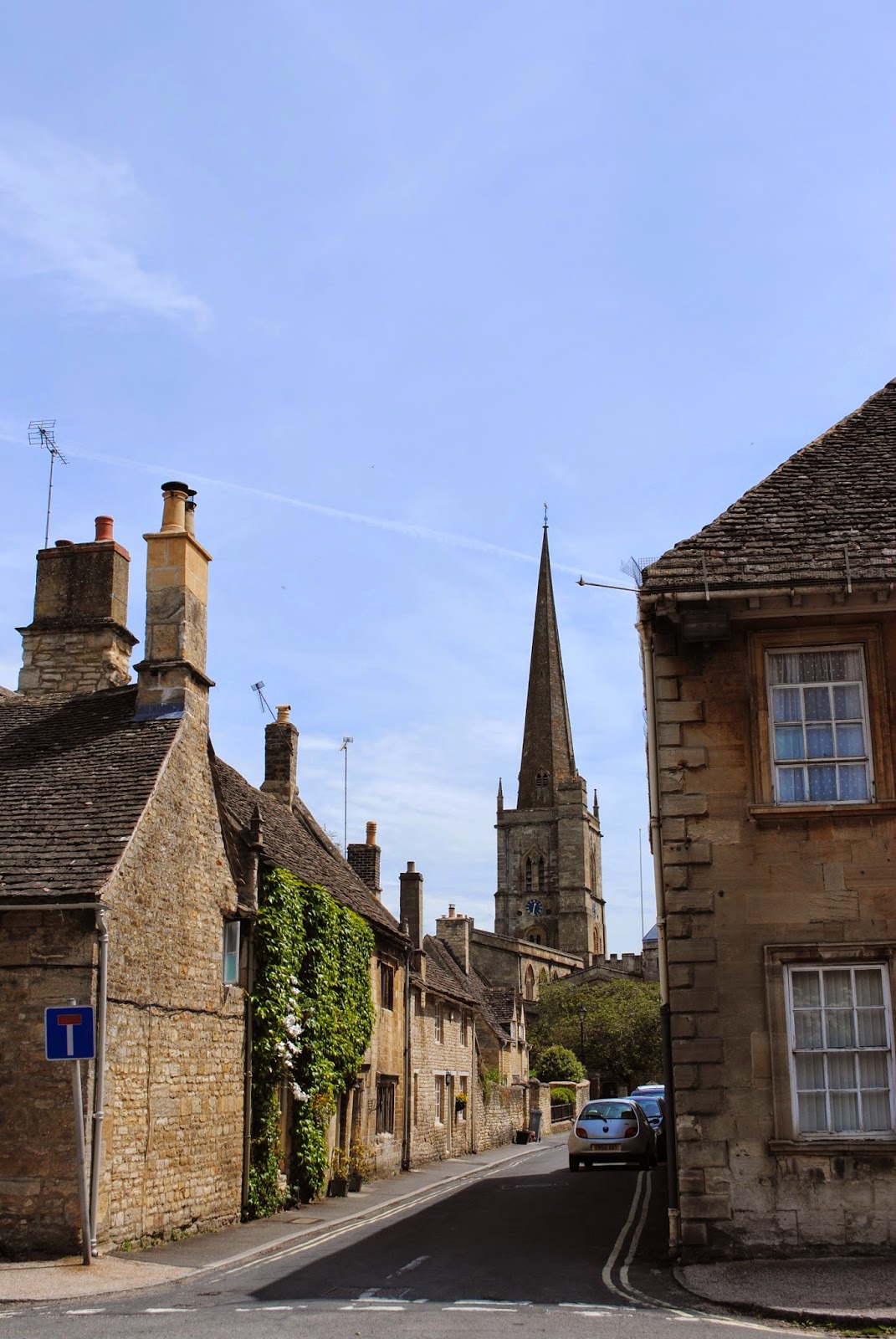This, dear readers, is a little out of order of all the stories which I will eventually tell about my time abroad.
After spending a few days in Paris I came back to London on Wednesday to stay the night before flying out Thursday in the afternoon. Since I would only have a few hours in London I wanted to make them count, but even with a plan there is too much to see and too much to leave out. With that in mind, I thought that an alternate option was in order. My time in Oxford and Paris was marked by visiting churches so I thought that extending it to London would be fitting. I found a helpful list of historic churches online while and began to plan. I would have liked to attend one last Evensong before returning to American soil but all the churches I could find seemed to hold it at 5 not 6 as they do in Oxford (Or 6:05 if you are Christ Church and special). To compensate, I thought I might attend a morning service while visiting the ones on my list. As I gathered information I realized that two churches, Westminster Abbey and St. Paul's Cathedral both charged admission. Since I'm a starving college student, I decided that I needed to circumvent such restrictions with the simple method of arriving for a service. I therefore built my itinerary around services at each.
My day began at 5 am. It wasn't intended to be 5 but my alarm clock was still on Paris time and I was already out of bed when I realized my (fortuitous) mistake. After leaving my bags in the hostel's storage I headed out a little after 6 am to Westminster Cathedral. I had mixed up the Cathedral, which is Roman Catholic and the Abbey, which is Anglican. This is where getting up early was a blessing in disguise. The Cathedral had an earlier service at 7, so I was able to sit and draw for a while. As I sat there I got surrounded by about 10 pigeons who just sat and stared at me.
The exterior was gaudy brickwork, but inside was dark and luxurious.
Afterward, I was able to make it to the 8 am service at the Abbey just in time. We couln't take pictures in there, but I did see a monument to Handel and another to the Wesley brothers.
After Westminster Abbey I headed off to St. Martin in the Fields which is on one corner of Trafalgar's Square. I enjoyed the way it resembled a church you might find in New England for its Greek revival style pediment and cornices. It also had pew boxes along the sides.
I had breakfast there in the crypt before popping back on the Tube to the Tower of London. Dandelion & Burdock is strange stuff.
I found All Hallows by the Tower which was a favorite of William Penn, of Pennsylvania, and also where John Quincy Adams was married.
Even more interesting was the delightful Saxon arch and the tessellated Roman floor.
Back to the streets as I walked toward Southward Cathedral on the other side of the river by the Globe. On the way I found St. Magnus the Martyr and popped in for a quick look. I was ahead of schedule anyway and wanted to add to the list I had. It is another of Wren's churches and was rebuilt after the Great Fire of London.
I found Southwark but it was closed to visitors because of a graduation ceremony.
It was around 11:20 when I left the area to walk toward St. Paul's. I was very early for the 12:30 service, but I saw another spire and thought I would try to find it. Find it I did, and found St. Martin, another Christopher Wren church and where William Penn was married.
Done there, I had lunch sitting outside of St. Paul's and then went in.

We got to sit up in the choir which was an interesting experience. At Christ Church Cathedral for Evensong I would usually sit up in the choir as well, but there everyone in the building was participating in some way with the service. At St. Paul's we sat up there so that we could remove ourselves from the throngs of people who were just milling about. It definitely created a feeling of inclusivity as the service progresses, but it reminded me even more of what we learned about the early practices of the church in England. When Rood screens were still common they acted as a separation between clergy and lay so that the laypeople could observe from afar but only participate briefly. Now it just felt like we were acknowledging a closer bond between us as a group because we cared enough to go, but also that there was a vast separation between those who did not believe and just came for the spectacle and those who came for Christ. (Not that those who didn't come were all pagan or that I wasn't also there to look around as well.)
To recap, by 1 pm I had seen 8 churches and been to 3 services and all under 6 hours. Then I went about found Oxford Street. Excuse the tired face. I had been on my feet in the hot sun all day.
Then I went back to my hostel to retrieve my bags and flew out of London at 6 pm.

































